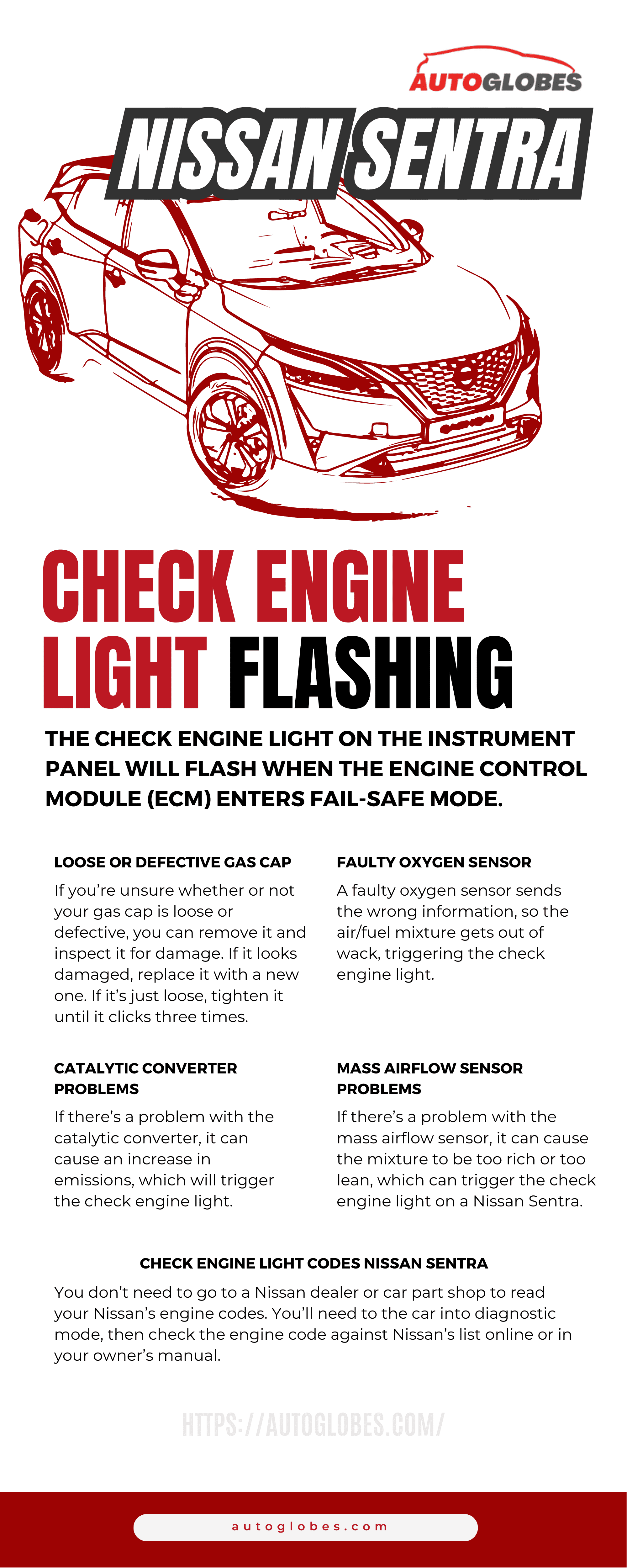Is seeing the engine light flashing or staying on constantly causing you distress? Understand the meaning behind these indications to resolve vehicle issues.
A blinking check engine light signals an immediate issue that needs attention, possibly due to misfiring cylinders or a failing catalytic converter. On the other hand, a steady illumination often indicates a less urgent problem, such as a loose gas cap or faulty oxygen sensor.
Identifying the root cause is crucial. A blinking check engine light demands prompt diagnosis and repair to prevent severe engine damage or even accidents. A solid check engine light, while less pressing, should still be addressed as it can point to issues affecting fuel efficiency, emissions, and overall vehicle performance.
Check Engine Light Flashing: A Deeper Dive
A flashing check engine light is never a good sign. It typically means that the engine is misfiring, which can damage the catalytic converter. Misfiring occurs when the spark plug doesn’t ignite the fuel properly, causing unburned fuel to enter the exhaust system and potentially damage the catalytic converter.

Check Engine Light Solid: What It Means
A solid check engine light indicates a less severe problem. Common causes include a loose gas cap, a faulty oxygen sensor, or a problem with the emissions control system. While not as urgent as a flashing check engine light, it’s still important to have it checked out as it can affect fuel efficiency and emissions.

History and Myths of Check Engine Lights
Check engine lights have been around for decades, but their history is shrouded in mystery and myth. Some believe that the first check engine light was installed in a 1970s Cadillac, while others claim that it was first used in a 1980s Ford Mustang.
One common myth about check engine lights is that they only indicate major problems. While it’s true that a check engine light can indicate a serious problem, it can also indicate minor issues such as a loose gas cap or a faulty oxygen sensor.

Hidden Secrets of Check Engine Lights
Check engine lights can reveal a lot about your car’s health. By understanding the different codes that the light can flash, you can get a better idea of what’s wrong with your car.
For example, a code P0420 indicates that there is a problem with the catalytic converter. A code P0301 indicates that there is a misfire in cylinder 1. By understanding these codes, you can get a better idea of what’s wrong with your car and how to fix it.

Recommendations for Check Engine Lights
If you see a check engine light, it’s important to have it checked out as soon as possible. Ignoring a check engine light can lead to more serious problems down the road.
Here are a few recommendations for what to do if you see a check engine light:
- Have the code read by a mechanic.
- Fix the problem as soon as possible.
- If the light comes back on, have it checked out again.
Check Engine Light Flashing or Solid: Detailed Explanation
The check engine light is a warning system that alerts you to potential problems with your car’s engine or emissions system. It can be illuminated in two ways: flashing and solid.
A flashing check engine light indicates a serious problem that requires immediate attention. It typically means that there is a misfire in the engine, which can damage the catalytic converter. A solid check engine light, on the other hand, indicates a less severe problem, such as a loose gas cap or a faulty oxygen sensor.

Tips for Dealing with Check Engine Lights
If you see a check engine light, it’s important to have it checked out as soon as possible. Ignoring a check engine light can lead to more serious problems down the road.
Here are a few tips for dealing with check engine lights:
- Don’t ignore the light.
- Have the code read by a mechanic.
- Fix the problem as soon as possible.
- If the light comes back on, have it checked out again.

Check Engine Light Flashing or Solid: Causes and Solutions
The check engine light can be triggered by a variety of factors, both major and minor. Some of the most common causes include:
- Loose gas cap
- Faulty oxygen sensor
- Misfiring engine
- Catalytic converter problems
- Evaporative emissions system leaks

Fun Facts About Check Engine Lights
Here are a few fun facts about check engine lights:
- The first check engine light was installed in a 1971 Volkswagen Beetle.
- The check engine light is also known as the “malfunction indicator lamp” (MIL).
- Check engine lights can be different colors, depending on the make and model of the car.
How to Check Engine Light Flashing or Solid
If you see a check engine light, you can check the code yourself using an OBD-II scanner. OBD-II scanners are available at most auto parts stores and online retailers.
To check the code, simply plug the scanner into the OBD-II port under the dashboard. The scanner will then display the code on its screen.
Check Engine Light Flashing or Solid: What If?
What if you see a check engine light and don’t have an OBD-II scanner? If the light is flashing, it’s important to have the car towed to a mechanic as soon as possible.
If the light is solid, you may be able to drive the car to a mechanic, but it’s important to have it checked out as soon as possible.
Listicle: Check Engine Light Flashing or Solid
- The check engine light can be flashing or solid.
- A flashing check engine light indicates a serious problem that requires immediate attention.
- A solid check engine light indicates a less severe problem.
- Ignoring a check engine light can lead to more serious problems down the road.
- It’s important to have a check engine light checked out as soon as possible.
Question and Answer: Check Engine Light Flashing or Solid
- What does a flashing check engine light mean?
A flashing check engine light indicates a serious problem that requires immediate attention. - What does a solid check engine light mean?
A solid check engine light indicates a less severe problem. - What should I do if I see a check engine light?
If you see a check engine light, it’s important to have it checked out as soon as possible. - Can I drive with a check engine light on?
If the check engine light is flashing, it’s important to have the car towed to a mechanic as soon as possible. If the light is solid, you may be able to drive the car to a mechanic, but it’s important to have it checked out as soon as possible.
Conclusion of Check Engine Flashing Vs Solid
The check engine light is an important warning system that can alert you to potential problems with your car’s engine or emissions system. It’s important to have a check engine light checked out as soon as possible, as ignoring it can lead to more serious problems down the road.
